HPLC Assays
Quantitative high-performance liquid chromatography (HPLC) using UV-Vis detection is a widely used analytical technique for separating, identifying, and quantifying compounds in complex mixtures. This method relies on the principle that many analytes absorb ultraviolet (UV) or visible light at specific wavelengths, typically between 190–800 nm. After separation in the HPLC column, analytes pass through a flow cell in the UV-Vis detector, where their absorbance is measured according to the Beer-Lambert law, which relates absorbance to concentration. The intensity of light absorbed at a chosen wavelength is directly proportional to the analyte's concentration, enabling precise quantification. UV-Vis detectors, such as variable wavelength detectors (VWD) or diode array detectors (DAD), are highly sensitive and versatile, making them suitable for detecting nanogram levels of analytes with chromophoric properties. This detection method is non-destructive and widely used due to its accuracy, reproducibility, and ability to handle diverse sample types.
Explore the list of the most common HPLC assays we are running:
-
Glyphosate
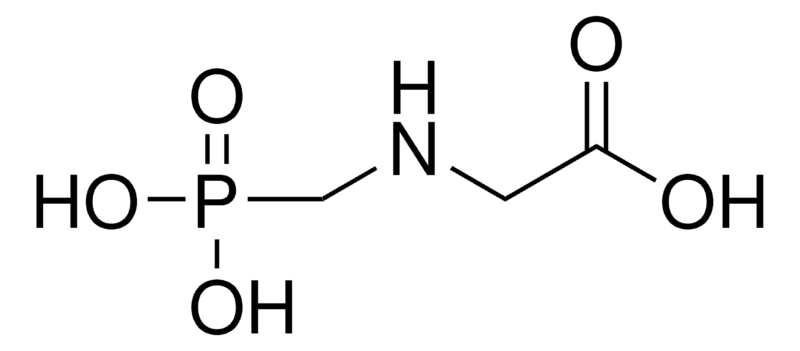
-
Glufosinate
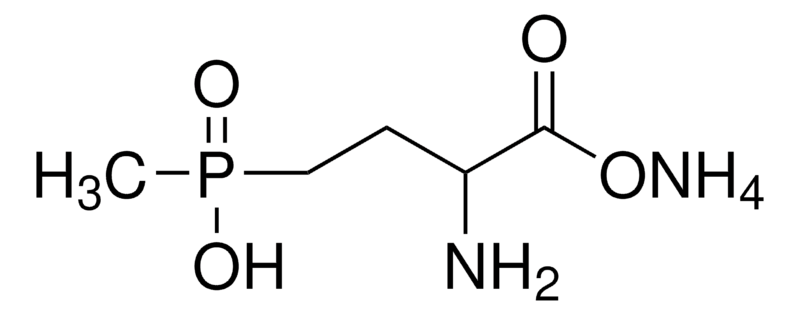
-
Azoxystrobin

-
Propiconazole
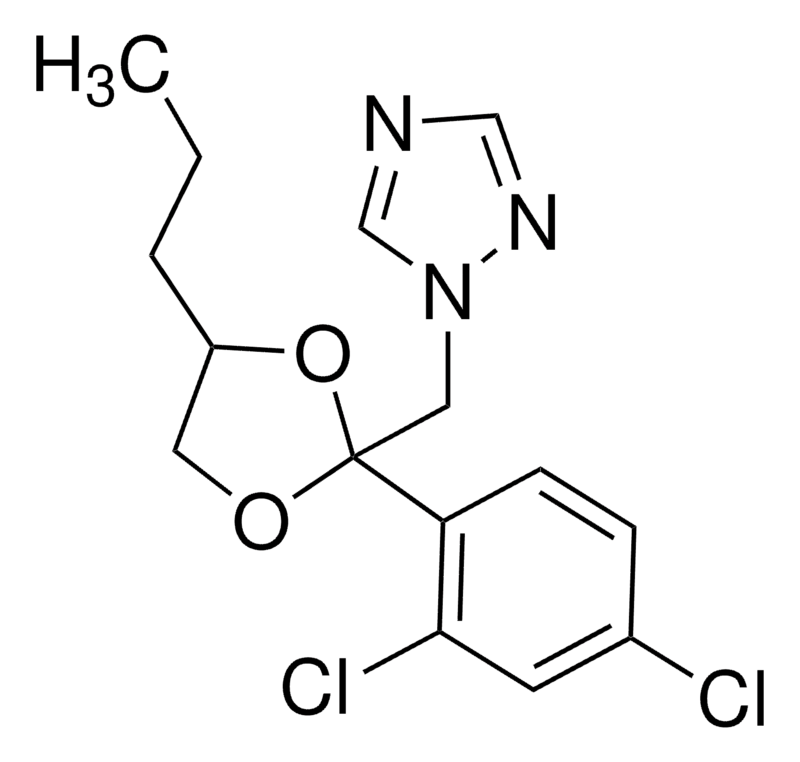
-
2,4-D
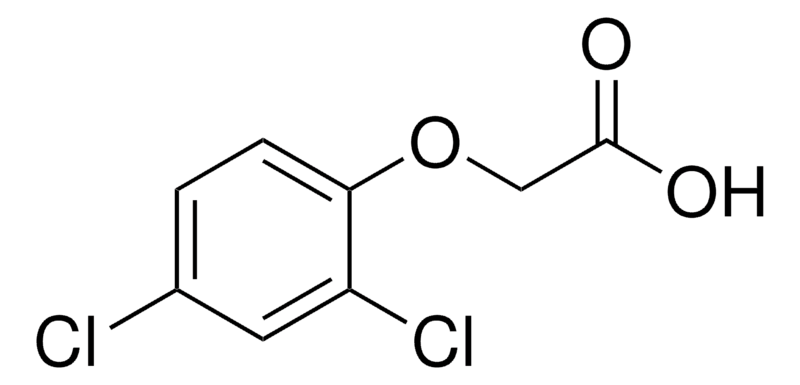
-
Dicamba
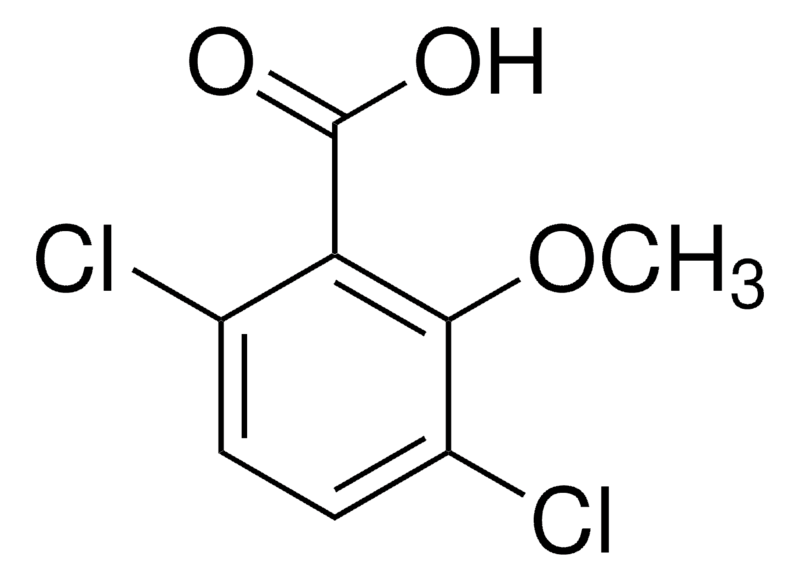
-
Salicylic Acid
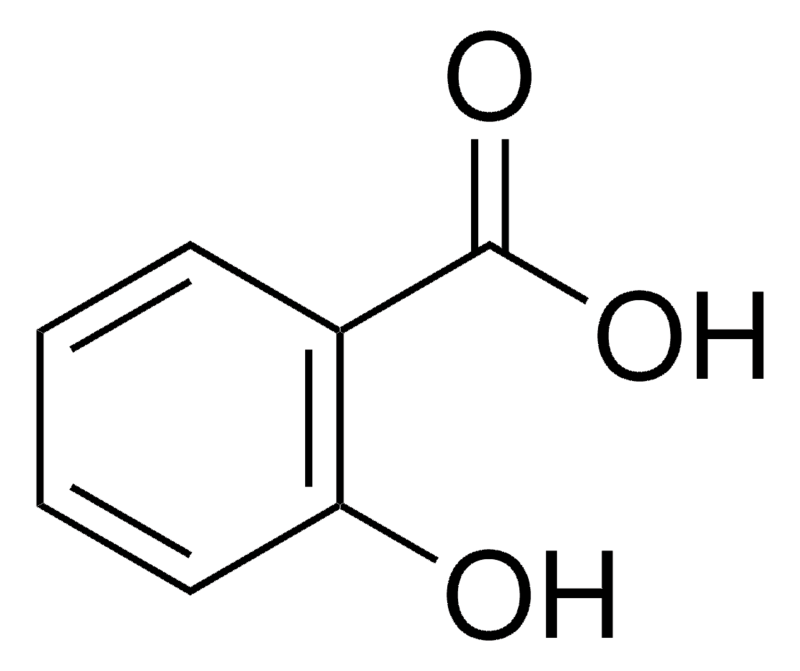
-
Acetylsalicylic Acid
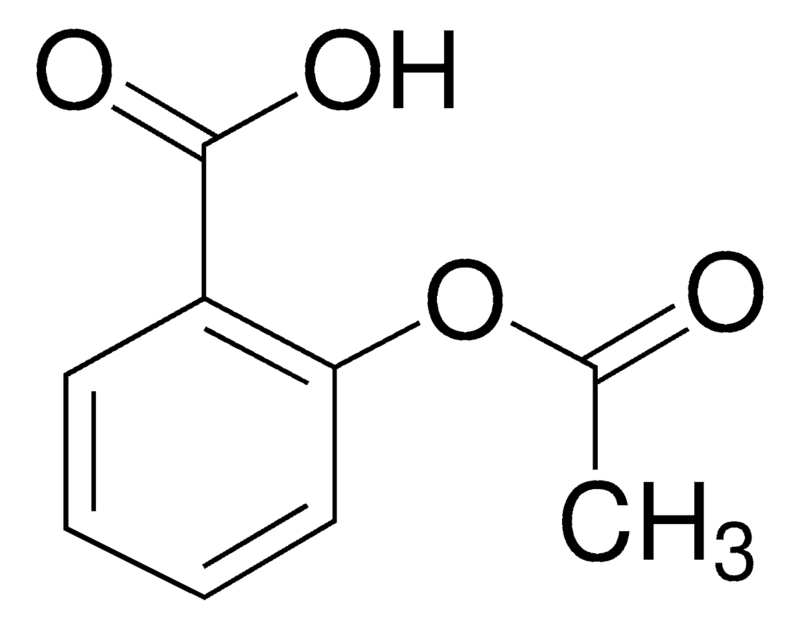
If the assay you are looking for isn't listed, please reach out to us, and we will be happy to set up the assay for you.
